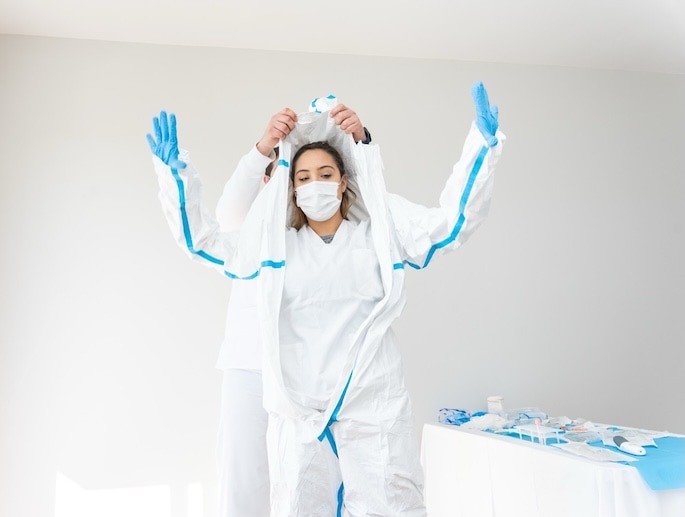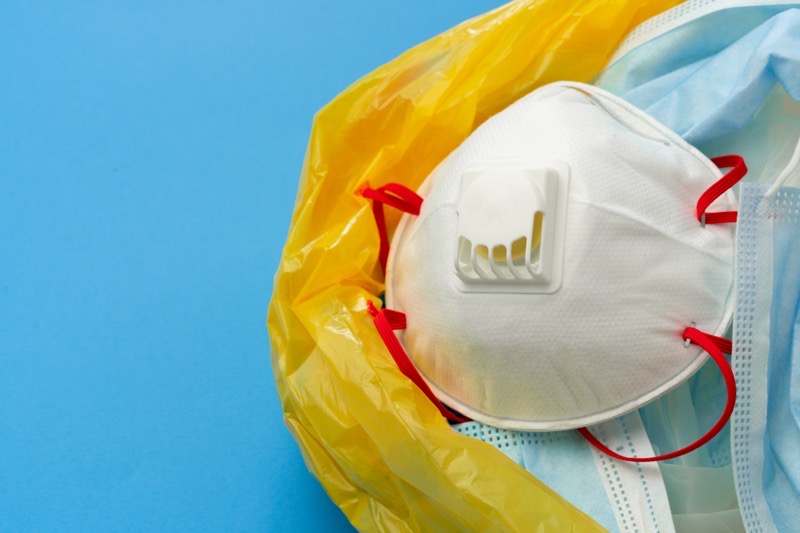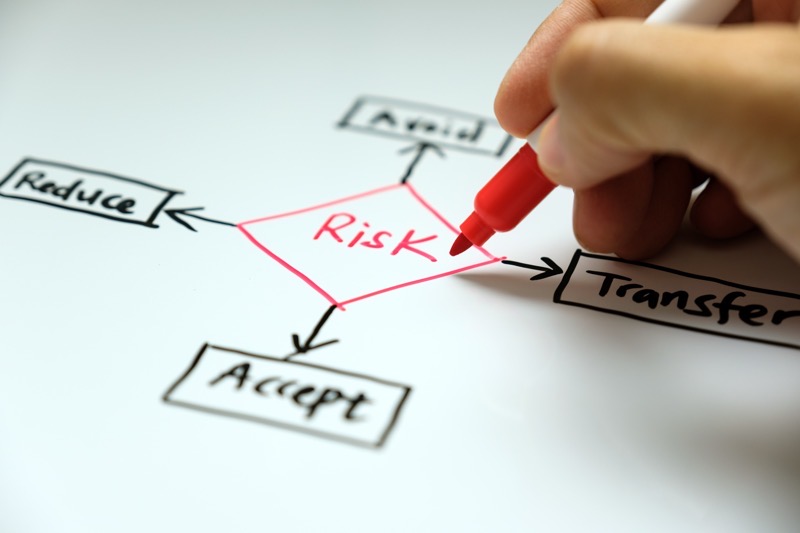A clean workspace is more than just visually appealing—it’s a critical component of workplace safety. Cluttered and disorganized work areas increase the risk of slips, trips, and falls, which are among the leading causes of workplace injuries. Additionally, poor housekeeping can lead to fire hazards, blocked emergency exits, and reduced efficiency.
By implementing proper housekeeping practices, businesses can significantly reduce the risk of workplace accidents, improve efficiency, and foster a positive work environment. Today, we’ll discuss how clutter contributes to accidents, best practices for keeping workspaces organized, and how cleanliness impacts overall workplace morale and productivity.
The Dangers of Clutter and Poor Housekeeping
Cluttered workspaces create numerous safety hazards, including:
- Slips, Trips, and Falls: Loose cables, spilled liquids, and objects left in walkways can cause employees to trip or slip.
- Fire Hazards: Accumulated debris and improperly stored materials can ignite easily, increasing the risk of workplace fires.
- Blocked Emergency Exits: In an emergency, cluttered exits can prevent quick evacuation, endangering lives.
- Reduced Productivity: Disorganized workspaces slow down operations, leading to wasted time and increased frustration among employees.
Keeping workstations, aisles, and exits clear is essential for maintaining a safe, efficient, and compliant workplace.
Best Practices for Maintaining a Clean and Safe Workspace
To reduce hazards associated with clutter, implement the following housekeeping strategies:
Establish a Daily Cleaning Routine
- Assign cleaning responsibilities at the start or end of each shift.
- Ensure workstations are tidied before leaving for the day.
Keep Walkways and Exits Clear
- Avoid placing materials, tools, or equipment in walkways or near emergency exits.
- Store items in designated storage areas instead of leaving them on the floor.
- Secure cables and cords to prevent tripping hazards.
Prevent and Address Spills Immediately
- Clean up spills as soon as they occur using appropriate absorbent materials.
- Mark wet areas with warning signs until completely dry.
Organize Tools and Equipment Properly
- Use labeled storage for frequently used tools and supplies.
- Return equipment to its proper place after use.
Dispose of Waste and Unnecessary Items
- Implement a waste disposal system for trash and recycling.
- Regularly remove unused or outdated equipment to free up space.
Encourage Employee Involvement
- Educate workers on the importance of cleanliness and safety.
- Foster a culture where employees take ownership of maintaining an orderly workspace.
Stats to Support the Importance of Clean Workspaces:
- Slips, trips, and falls account for 35% of all workplace injuries, making them the most common workplace hazard. (Source: National Safety Council, 2023)
- Poor housekeeping and clutter contribute to nearly 40% of workplace falls, significantly increasing the risk of injury. (Source: OSHA, 2022)
- Workplaces that implement routine housekeeping and organizational strategies reduce accidents by 30%, improving overall safety and efficiency. (Source: Bureau of Labor Statistics, 2023)
- According to a study by the American Institute for Cleaning Sciences, companies that maintain clean work environments see a 15% increase in employee productivity and 20% higher job satisfaction rates.
These statistics highlight the direct correlation between workplace cleanliness and overall safety, efficiency, and employee morale.
How You Can Use This Information in Your Workplace
Now that we understand the importance of maintaining a clean workspace, let’s put this knowledge into action:
Evaluate Your Current Work Area:
- Are there any tripping hazards or cluttered spaces?
- Are emergency exits easily accessible?
Take Responsibility for Cleanliness:
- Make it a habit to clean as you go, rather than leaving messes for later.
- Encourage coworkers to maintain shared spaces.
Implement a Housekeeping Plan:
- Work with management to establish daily or weekly cleaning checklists.
- Ensure proper waste disposal and storage solutions are in place.
Report Hazards Immediately:
- If you see a spill, blockage, or other hazard, address it or report it to the appropriate personnel.
Promote a Safety-First Mindset:
- Discuss the importance of workplace cleanliness in safety meetings.
- Encourage leadership to invest in storage solutions and cleaning supplies.
A clean and organized workplace is a safe and productive workplace. By eliminating clutter, maintaining clear walkways, and following proper housekeeping protocols, we can significantly reduce accidents, enhance efficiency, and create a positive work environment.
Take action today—assess your workspace, implement best practices, and encourage your team to commit to cleanliness and safety. A few small changes can make a significant impact on workplace safety and overall job satisfaction.



